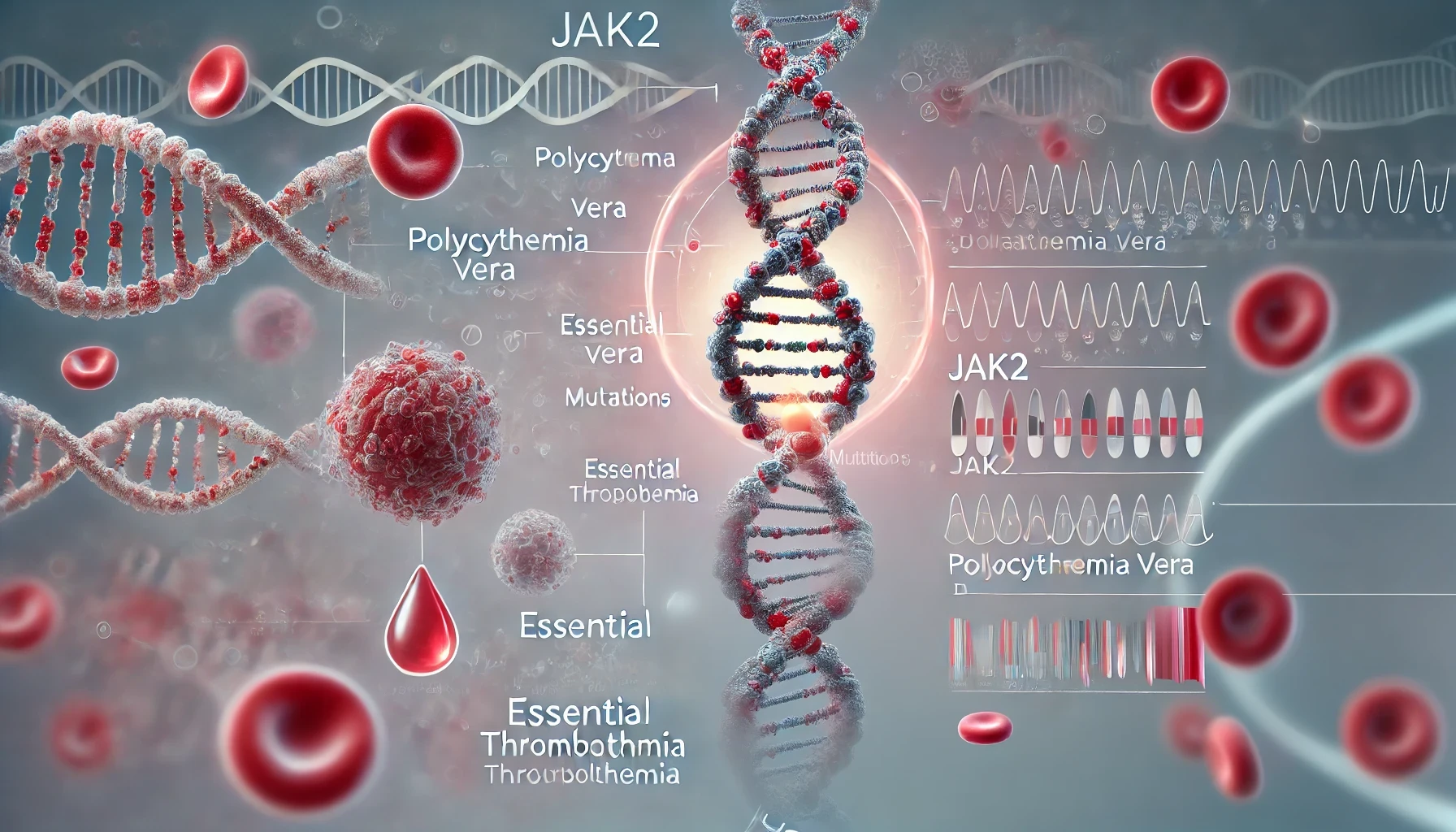The JAK2 mutation test is a diagnostic test used to detect mutations in the Janus kinase 2 (JAK2) gene. This gene encodes a protein involved in signaling pathways that regulate blood cell production. Mutations in the JAK2 gene are commonly associated with myeloproliferative neoplasms (MPNs), such as polycythemia vera, essential thrombocythemia, and primary myelofibrosis. The primary genetic test for JAK2 mutations that lead to MPNs is JAK2 V617F, named for a mutation at a specific location in the JAK2 gene. It is typically ordered first. If it is negative, then tests for other mutations in the JAK2 gene that are also associated with MPNs, such as JAK2 exon 12, may be used to help make a diagnosis.
BMG-333
5 business days
Polymerase chain reaction (PCR)
EDTA Blood, DNA


